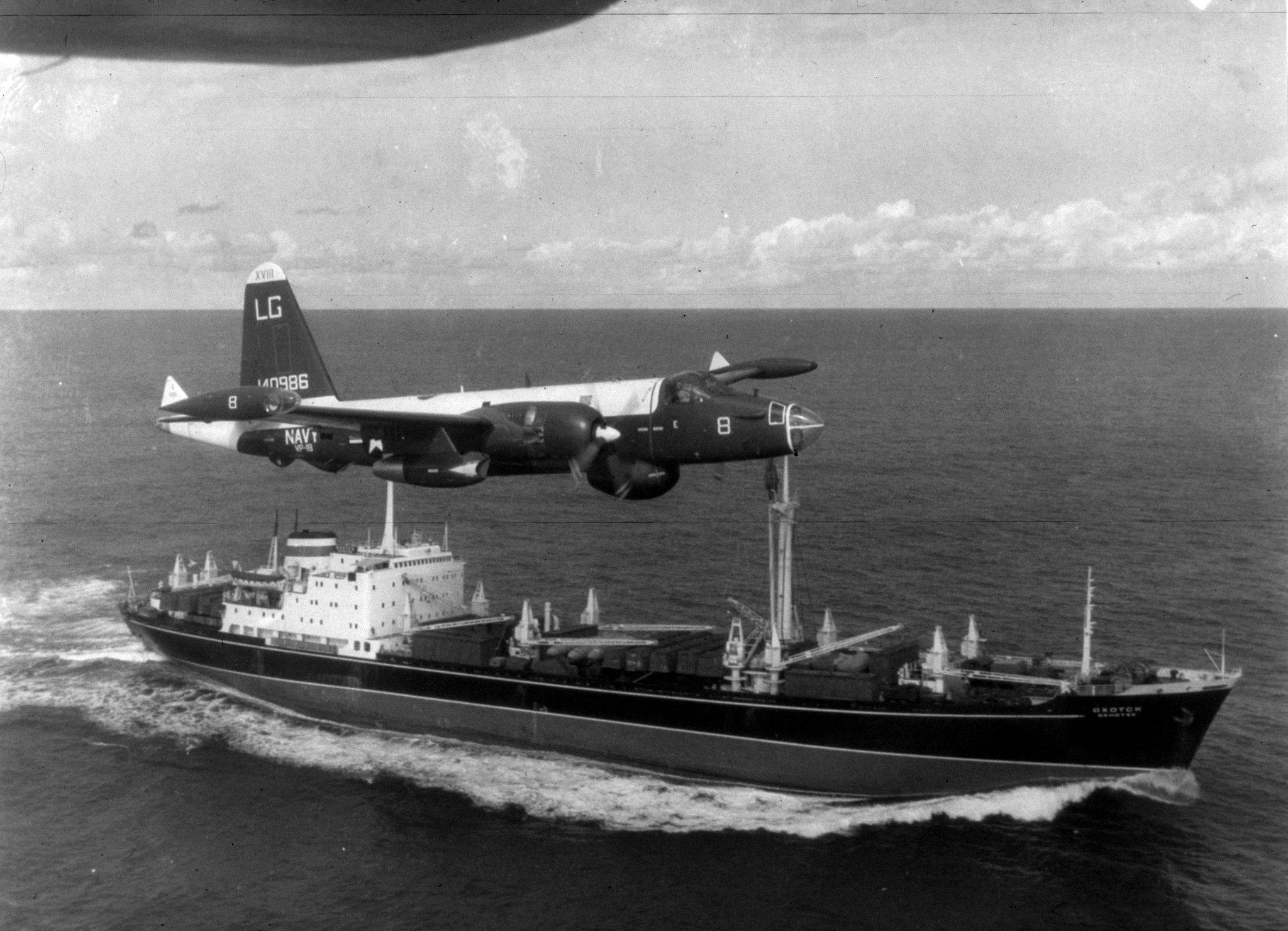

| Visitors Now: | |
| Total Visits: | |
| Total Stories: |

| Story Views | |
| Now: | |
| Last Hour: | |
| Last 24 Hours: | |
| Total: | |
How Close Were We To Armageddon? Fifty Years On, Why Should We Still Study The Cuban Missile Crisis?
Why, fifty years on, is the Cuban Missile Crisis still a subject of considerable fascination for academics and professionals alike? Should we still be studying it, and if so, how? These are just some of the questions addressed in a special issue in the journal International Relations, published by SAGE.
CIA reference photograph of Soviet R-12 intermediate-range nuclear ballistic missile (NATO designation SS-4) in Red Square, Moscow

As one of the most intensely studied events of the twentieth century, the Cuban Missile Crisis could suffer from “over examination”, yet as Guest Editor Len Scott, Professor of International Politics and Dean of Social Science at Aberystwyth University, remarks: “While all historiography may be revisionist in intent, the missile crisis provides much ammunition for those who question whether ‘the truth’ can be found’”.
A US Navy P-2H Neptune of VP-18 flying over a Soviet cargo ship with cratedIl-28s on deck during the Cuban Crisis

In this special issue leading American, British, Russian and Canadian scholars revisit key texts in our understanding of the crisis in the light of new understanding of how Khrushchev and Kennedy took their decisions, and how subordinate actions and processes threatened to take the world beyond the brink into nuclear Armageddon. Much of what has been learned over the past few decades has reinforced the view that we were closer to the brink than realised, and this is what Scott argues deserves our attention moving forwards:

“The more we learn about the risk of inadvertent nuclear war the less we should see nuclear weapons as epiphenomenal in the Cold War. Whatever the role of political ideology in the Cold War we need to understand that nuclear deterrence (however conceived) was an independent variable and perhaps a social construct in its own right. So long as we confront the problems created by nuclear weapons, we should strengthen our commitment to studying the Cuban missile crisis”.
Selected articles from the special issue will be free to access for a limited time here: http:/ire.sagepub.com/
“Fifty Years Beyond the Brink: Writing the Cuban Missile Crisis”, guest edited by Len Scott and published on 19 September 2012 in International Relations.


